Share This
Videos and Photos27 January 2017

The first waves of refugees started arriving last July, following clashes that erupted in South Sudan’s capital, Juba. More recent arrivals have fled widespread insecurity in the country.
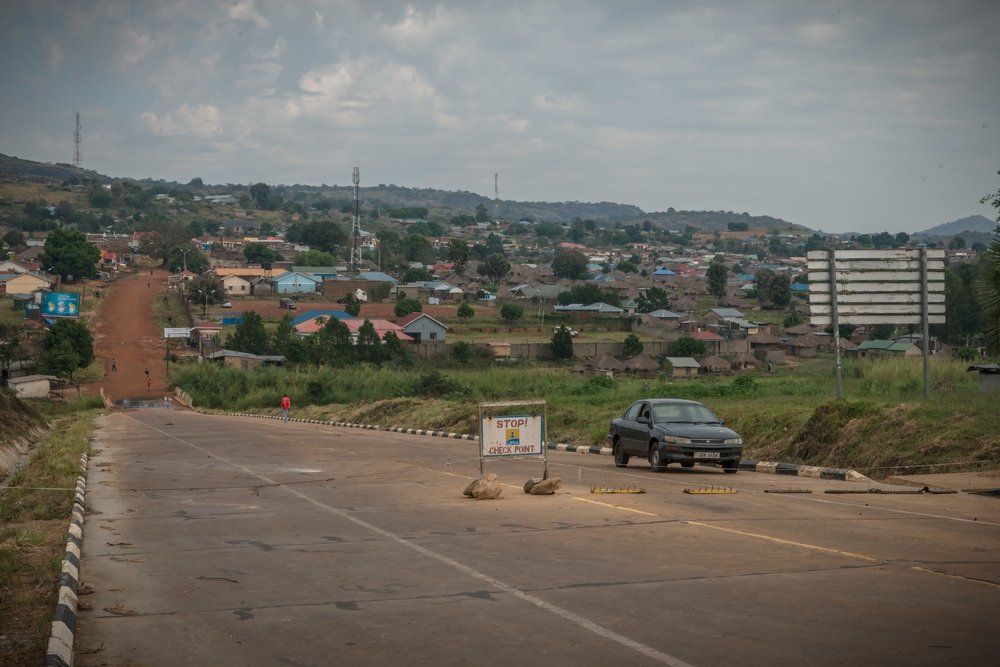
Many refugees reached Uganda through the Democratic Republic of Congo to avoid a dangerous journey through South Sudan. Official border points, like this one in Oraba, are seldom used to cross into Uganda.
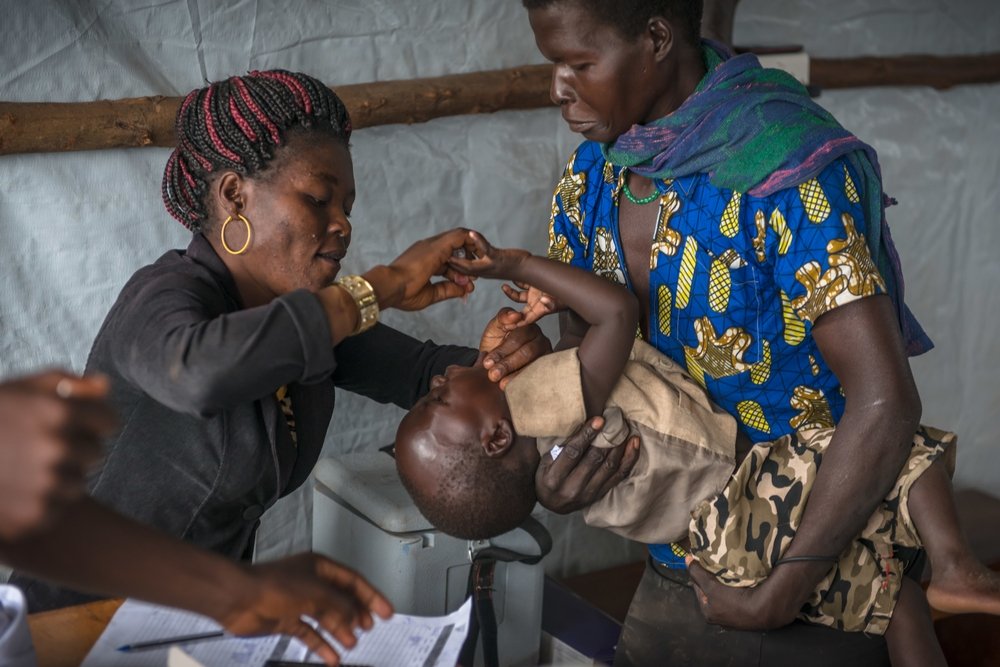
Children are vaccinated against measles and polio and all refugees are treated for intestinal parasites. Most of them arrive exhausted, but in relatively good health. The challenge for humanitarian agencies is to keep them healthy.
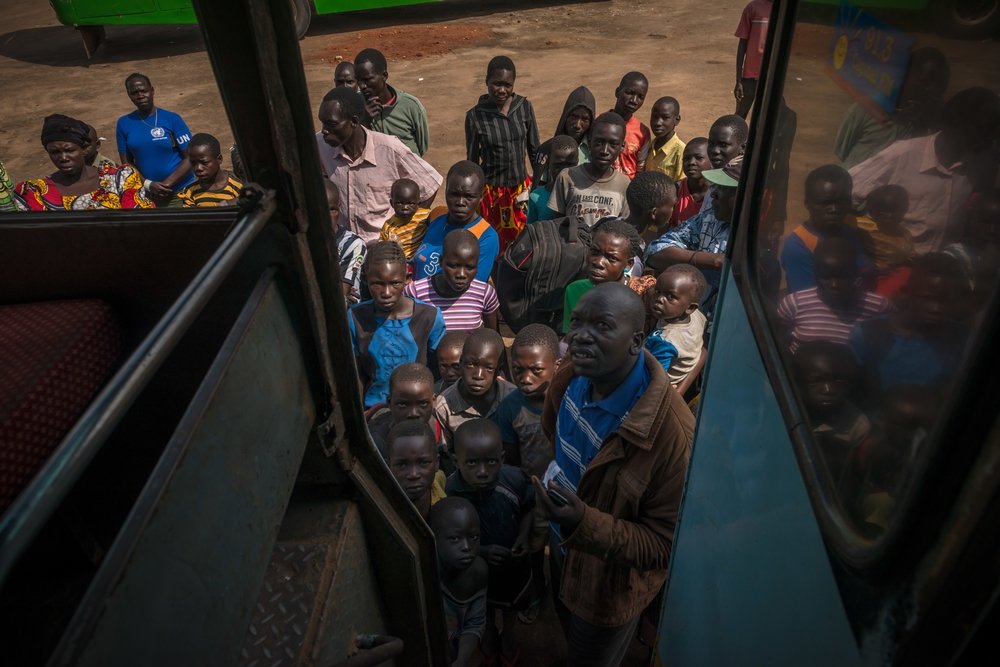
Once they’ve been registered, refugees gather at a transit centre before being driven by bus or truck to their final settlement location.

Usually, refugees have to leave South Sudan quickly and are unable to take many of their belongings with them.

Most refugees are women and children. Men often stay behind to fight or defend their property.

Uganda is allocating large pieces of uninhabited land in the north of the country to refugees. However, due to the overwhelming number of new arrivals, the authorities must constantly find more space.

Refugees arrive at their settlement location early in the morning and have less than a day to settle in. They are assisted by the authorities and international humanitarian organisations.
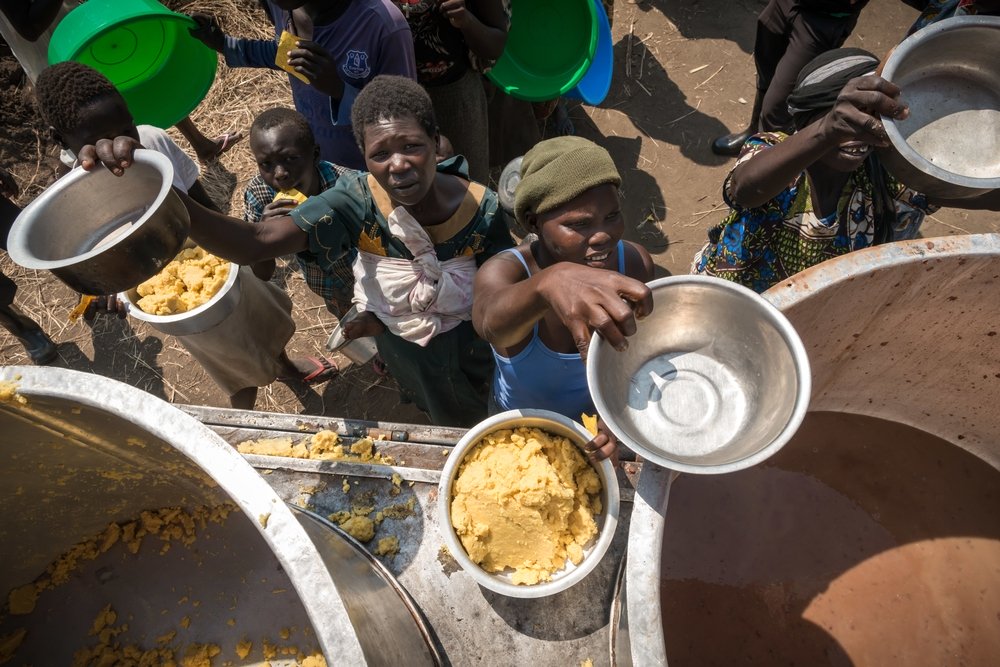
Until they can cook for themselves, they receive simple cooked meals, such as porridge and beans.
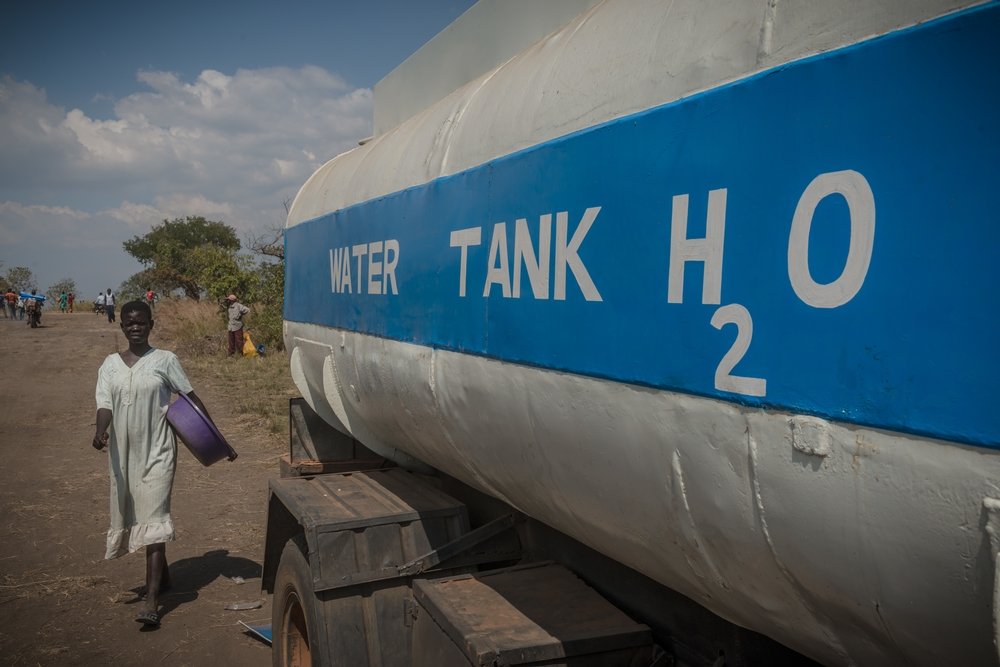
At these settlement sites, MSF and other humanitarian agencies have supplied drinking water by truck until adequate boreholes can be drilled and equipped with hand pumps.
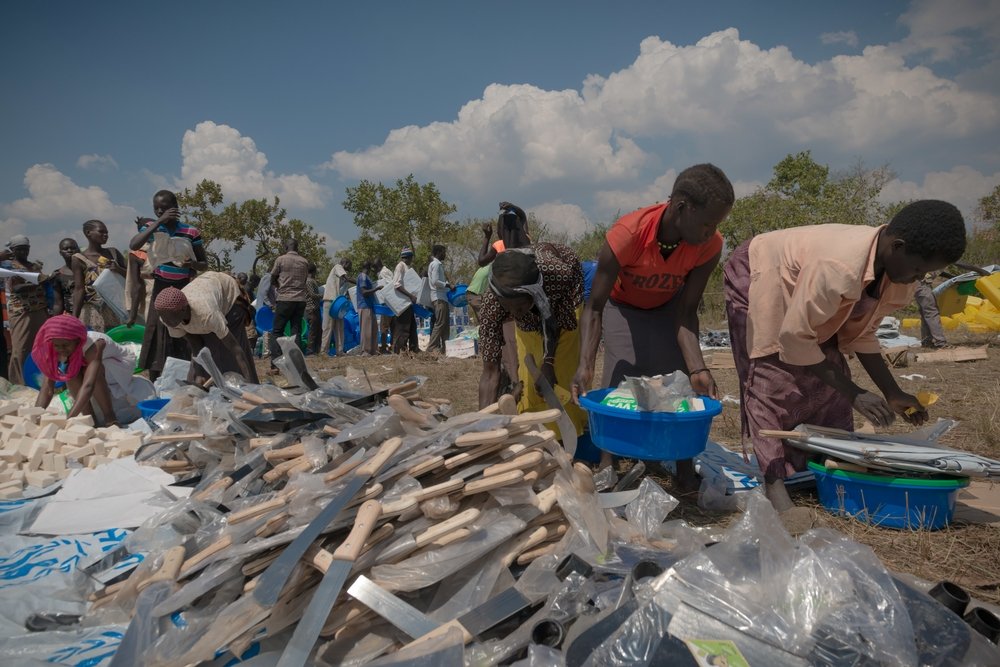
Refugees receive various hygiene and shelter items, as many of them arrive with absolutely nothing.
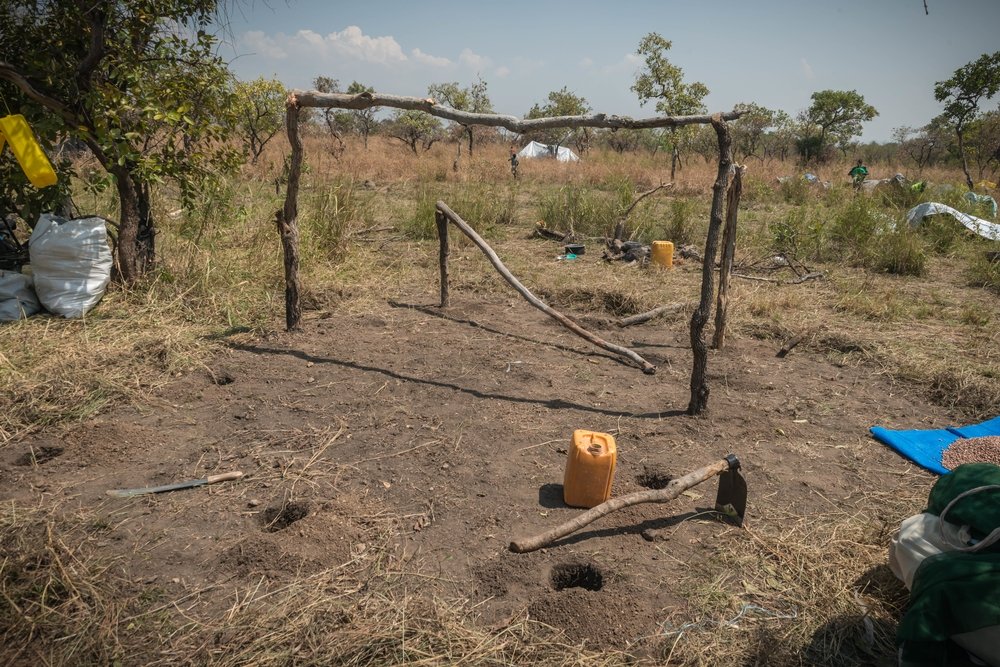
Immediately, they start cutting trees to build huts. The impact on the surrounding environment can be significant.

MSF provides medical care inside the refugee complex. Most common pathologies are malaria and diarrheal diseases, but chronic diseases and mental health are also important issues.

MSF also monitors the levels of malnutrition among young children and tries to detect any deterioration of food security in the camp.

Refugees quickly start building traditional mud huts to replace the temporary shelters made with plastic sheeting. Many believe they will need to stay there for years.
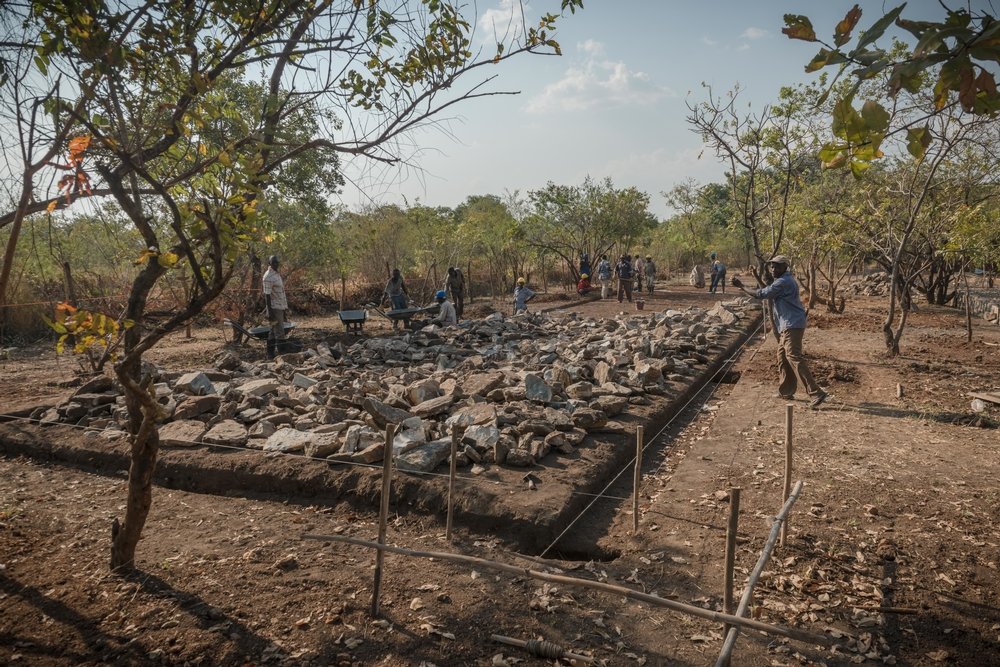
Due to the fast-growing population, MSF has started the construction of an inpatient medical facility inside the BidiBidi refugee complex.
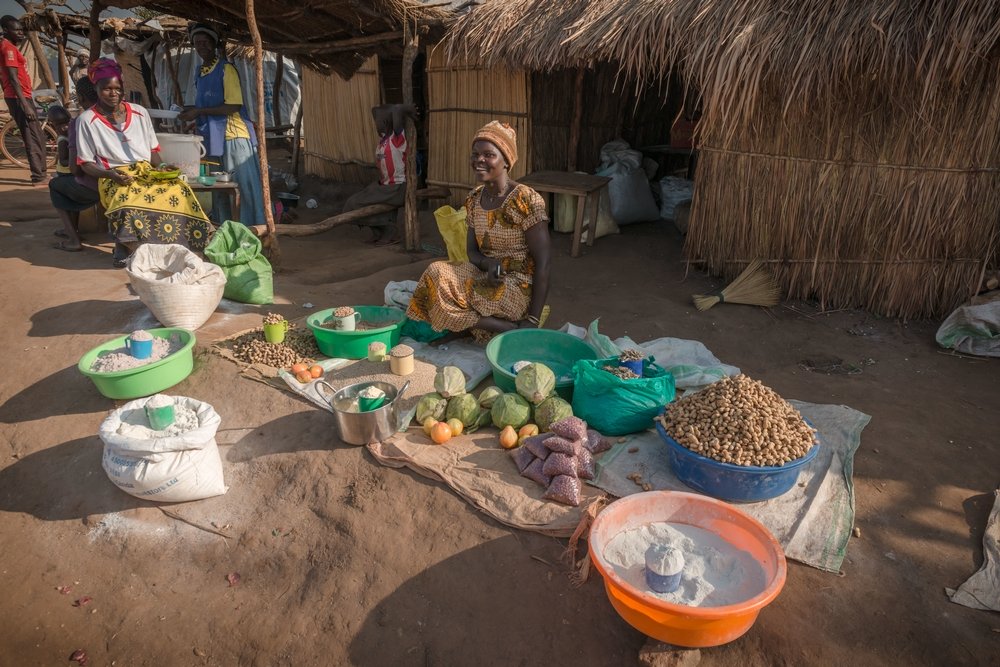
An economy has developed over time in the refugee settlement through trade with the local resident population. Small businesses have started to appear in Bidibidi.
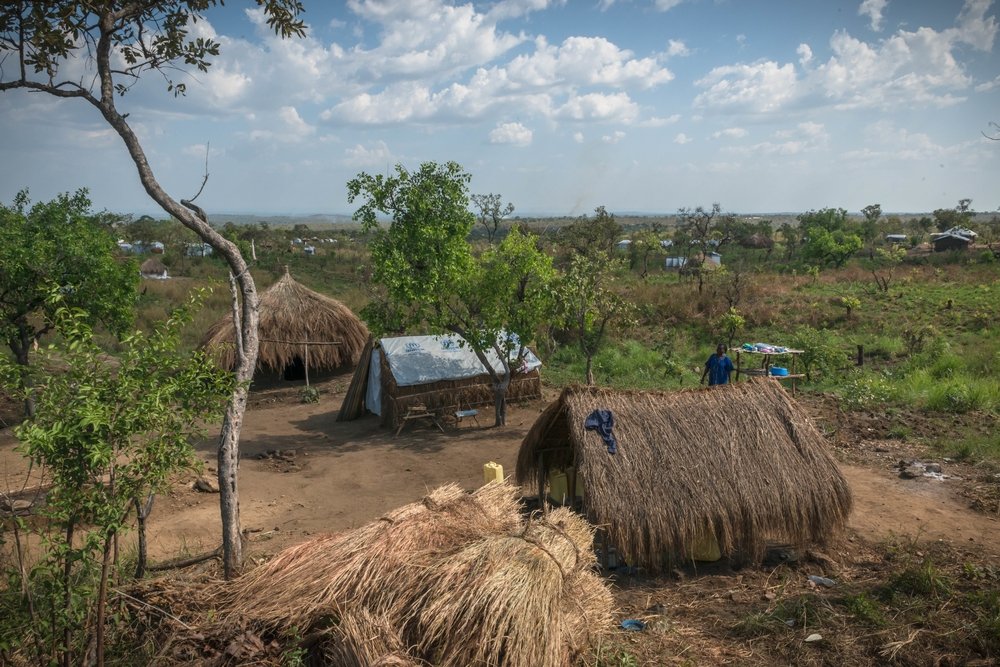
Eventually, refugee settlements and local villages have started to look alike, and a relatively uninhabited region of Northern Uganda has begun to develop.










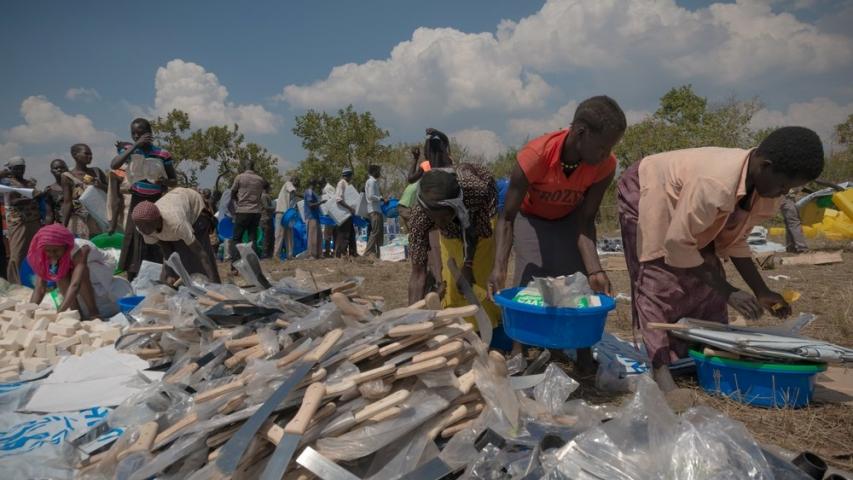




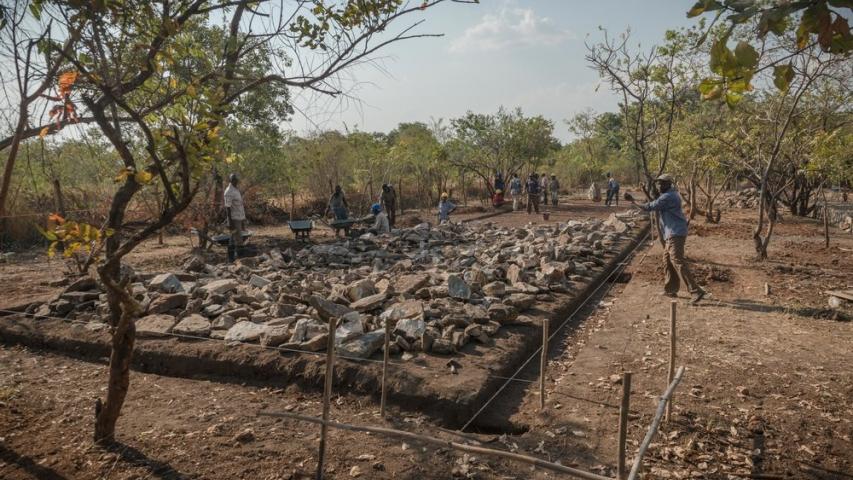

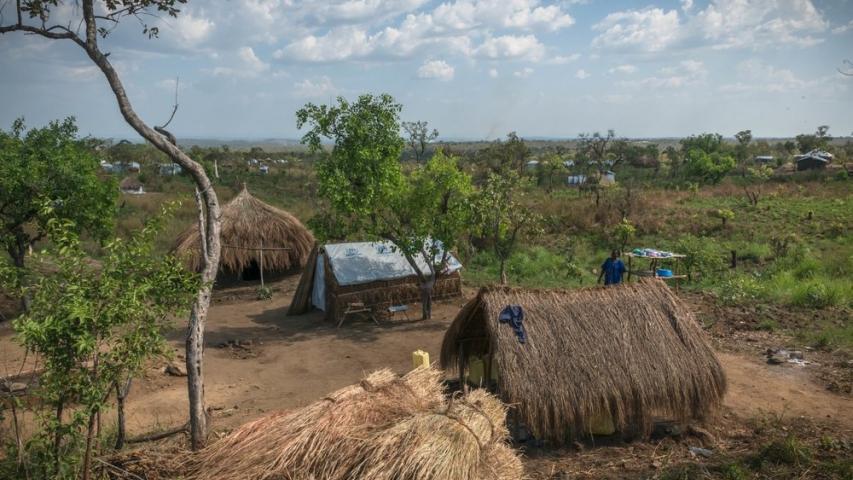
More than 400,000 South Sudanese refugees have arrived in Uganda since 2016; most having entered the country through informal crossing points.
Here is the story in photos. All photos by: Yann Libessart